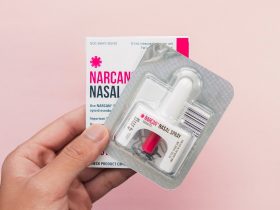Direct associations found between exposures to various food additive emulsifiers and risk for type 2 diabetes
By Elana Gotkine HealthDay Reporter
MONDAY, May 6, 2024 (HealthDay News) — Exposure to food additive emulsifiers is associated with an increased risk for type 2 diabetes, according to a study published in the May issue of The Lancet Diabetes & Endocrinology.
Clara Salame, Ph.D., from the Université Sorbonne Paris Nord and Université Paris Cité, and colleagues analyzed data from 104,139 adults enrolled in the French NutriNet-Santé prospective cohort study to examine the association between exposures to food additive emulsifiers and risk for type 2 diabetes. Dietary intakes were assessed over three nonconsecutive days every six months. Multiple food composition databases and ad-hoc laboratory assays were used to assess exposure to additive emulsifiers.
During a mean follow-up duration of 6.8 years, 1,056 participants were diagnosed with type 2 diabetes. The researchers found that the risk for type 2 diabetes was increased in association with total intakes of carrageenans, carrageenans gum (E407), tripotassium phosphate (E340), acetyl tartaric acid esters of monoglycerides and diglycerides of fatty acids (E472e), sodium citrate (E331), guar gum (E412), gum arabic (E414), and xanthan gum (E415; hazard ratios, 1.03, 1.03, 1.15, 1.04, 1.04, 1.11, 1.03, and 1.08, respectively, per increment of 100 mg, 100 mg, 500 mg, 100 mg, 500 mg, 500 mg, 1,000 mg, and 500 mg per day, respectively).
“These findings provide the first epidemiological insight about the potential involvement in the development of type 2 diabetes of emulsifier additives that are ubiquitous in western diets and consumed daily by millions of children and adults worldwide,” the authors write.
Editorial (subscription or payment may be required)
Copyright © 2024 HealthDay. All rights reserved.







